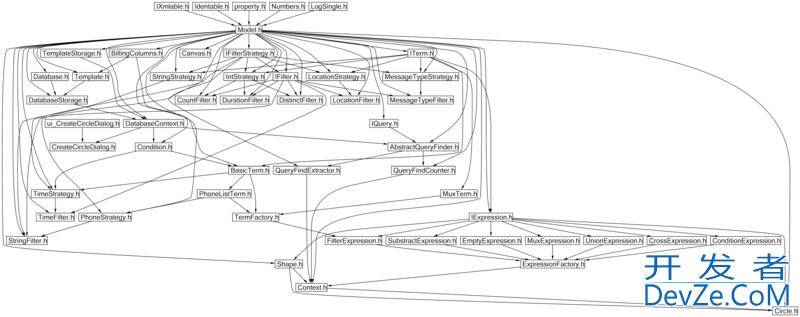Consider the following file\directory structure:
project\
| django_project\
| | __init__.py
| | django_app1\
| | | __init__.py
| | | utils\
| | | | __init__.py
| | | | bar1.py
| | | | ...
| | | ...
| | django_app2\
| | | __init__.py
| | | bar2.py
| | | ...
| | ...
| scripts\
| | __init__.py
| | foo.py
| | ...
How should I use sys.path.append in foo.py so that I could use bar1.py and bar2.py?
How would the impor开发者_JAVA技巧t look like?Using relative paths would be much more desirable for portability reasons.
At the top of your foo.py script add the following:
import os, sys
PROJECT_ROOT = os.path.join(os.path.realpath(os.path.dirname(__file__)), os.pardir)
sys.path.append(PROJECT_ROOT)
# Now you can import from the django_project package
from django_project.django_app1.utils import bar1
from django_project.django_app2 import bar2
import sys
sys.path.append('/absolute/whatever/project/django_project/django_app1')
sys.path.append('/absolute/whatever/project/django_project/django_app2')
Though you need to evaluate whether you want to have both in your path -- in case there are competing module names in both. It might make sense to only have up to django_project in your path, and call django_app1/bar1.py when you need it and import django_app2.bar2.whatever when you need it.




![Interactive visualization of a graph in python [closed]](https://www.devze.com/res/2023/04-10/09/92d32fe8c0d22fb96bd6f6e8b7d1f457.gif)



 加载中,请稍侯......
加载中,请稍侯......
精彩评论